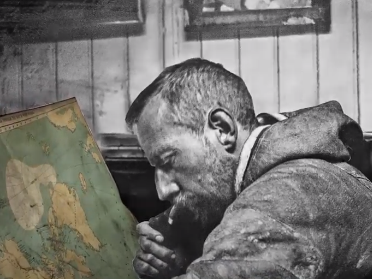Stories – foundations for assemblies.
Victory awaits him who has everything in order – luck, people call it. Defeat is certain for him who has neglected to take the necessary precautions in time; this is called bad luck.
Roald Amundsen
The Race to the South Pole: Scott vs Amundsen
Two leaders. Two expeditions. Two separate routes. Two different approaches. Two different outcomes.
Amundsen first invested in himself. Amundsen travelled to Germany to seek out the leading authority on magnetic research and spent three years training to be an explorer in harsh environments. Scott had less experience. His ill-fated 1911 venture was only his second polar expedition.
Amundsen less men 19) but more food. Scott took more men 65) but less food.
Amundsen and his team connected with the local Inuit community, learning how to make igloos, sled runners that slide at very low temperatures, the art of dressing warm in loose furs and how drive dogs. In return the Norwegians provided the Inuit with knives, needles, matches. The friendliness and generosity of the Inuit was repaid by the “white man’s” respect.
I can find no evidence or reports of Scott engaging with the local Inuit community. Though it is reported that Scott declined advice from Amundsen and the pioneering polar explorer Fritjof Nansen.
Amundsen uses dogs, Scott uses ponies.
Amundsen used the sled runners. Scott used untested motorised sledges.
Amundsen travelled a set distance every day regardless of weather. Scott went as far as the weather allowed each day.
Much like the oil barrels in the Sahara Desert, Amundsen deposited food containers painted black, resulting in a marker every mile. Scott’s route marking was often a cause for concern in his diaries.
Amundsen used canisters that left his sledges permanently lashed and loaded. Scott’s team had to unload, and load and relash their sledge at every camp, no matter what the weather.
What can we learn from the fate of the two leaders, their planning and their expeditions?
Preparation and planning are key for performance. Learn from the lessons and the mistakes of others. The fastest route is not always the best option. Learn as you go.
The fastest route is not always the best option.
Amundsen was successful at the second attempt having been confronted by bad weather on the first attempt, he turned back. Did Scott’s competitive instinct result in a dose of Summit Fever? (If you want to go fast go alone. If you want to got far, go together.)
Amundsen beat Scott to the South Pole by 34 days.
Amundsen’s entire team of 19 returned to Norway safely. Out of a team of 65, Scott lost five men including himself.
For more information on Roald Amundsen this Fram Museum video offers more details.



